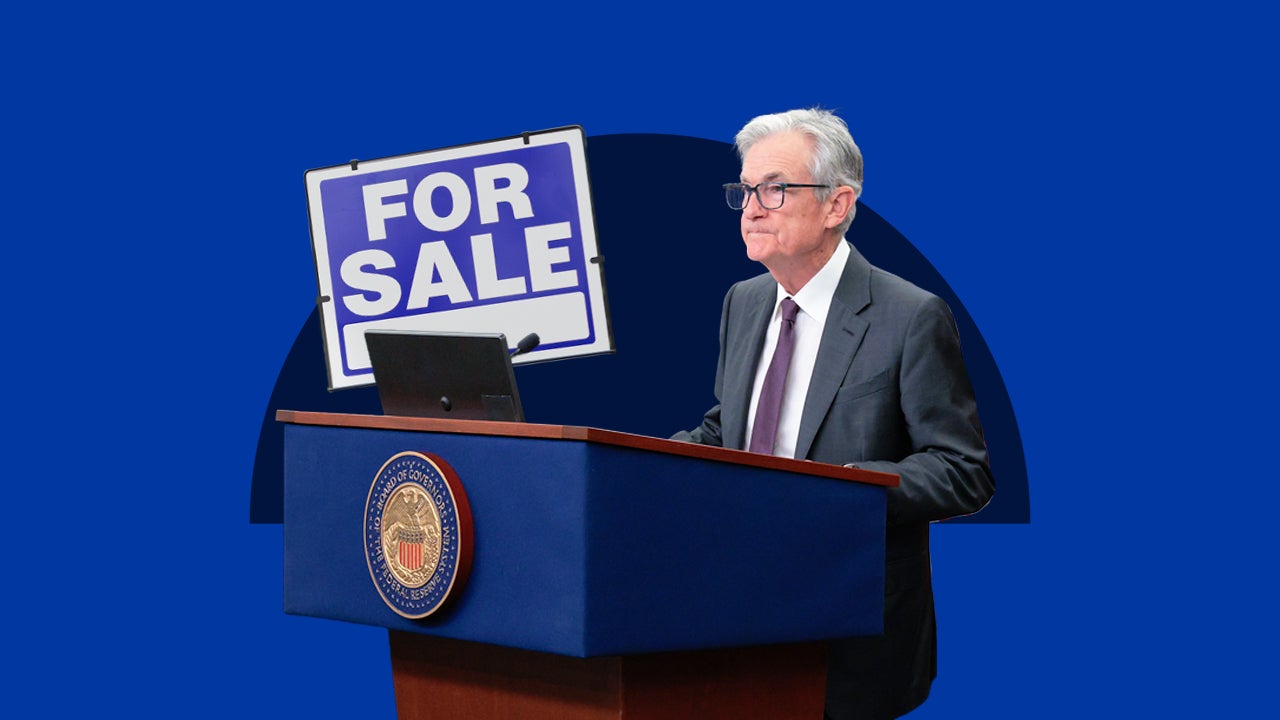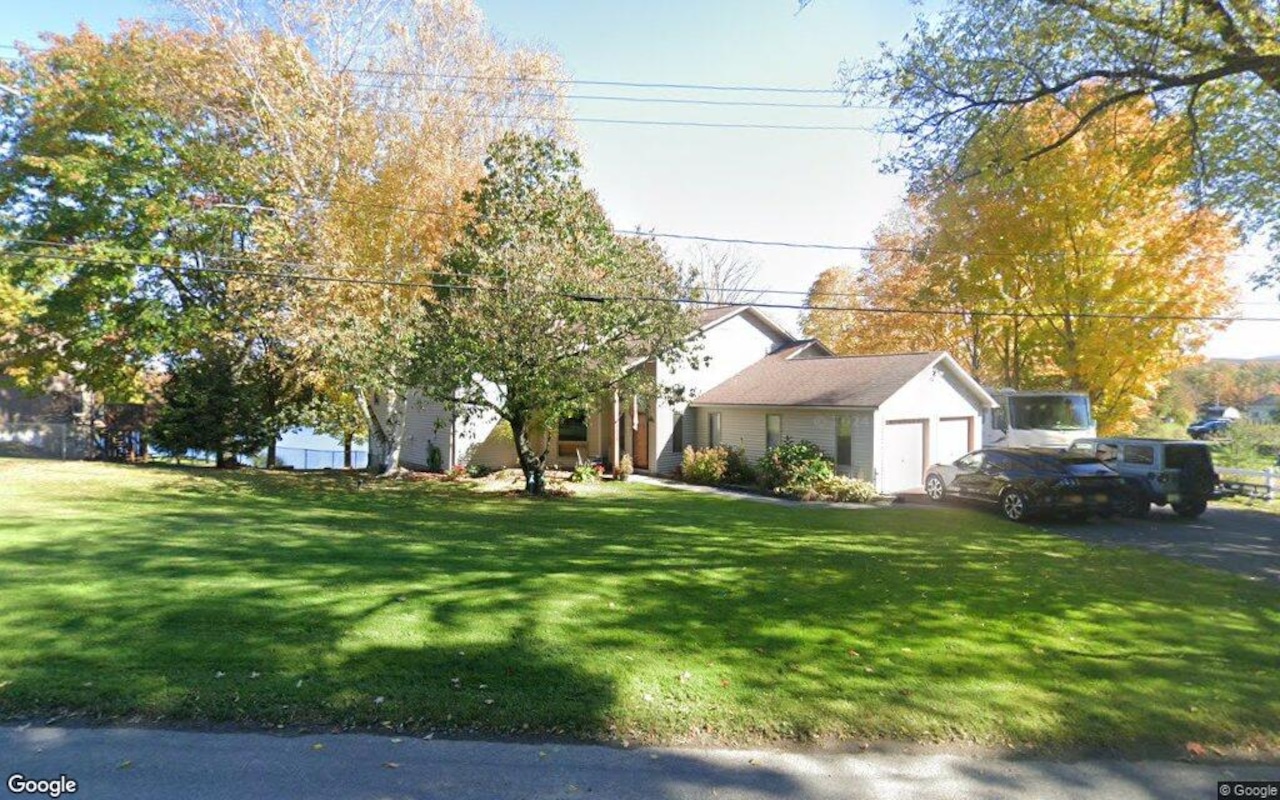U
.S. home sales have stalled. After a 2021 peak of 6.1 million existing‑home transactions, the National Association of Realtors reports only about 4 million sales in 2024, with 2025 expected to stay near that level. These figures mark the lowest sales since 1995, even though the country now has 46 million people aged 30‑39—prime buyers—and a population roughly 80 million larger than in 1995. Young adults are simply buying less: only 33 % of 30‑year‑olds own a home today, down from 47 % in 1984.
The slump is driven by affordability. NAR’s July data shows 25 consecutive months of year‑over‑year price gains, with a July median price of $422,400, the highest ever recorded. The median‑priced home now consumes 48 % of a median household’s income. Mortgage payments have more than doubled: from $1,043 in June 2020 to $2,361 in June 2025 for principal and interest alone. When taxes, insurance, and PMI are added, total monthly costs rose from $1,564 to $3,162, far outpacing wage growth over the same period.
The Federal Reserve’s policies have amplified the problem. In 2020, the Fed slashed the federal funds rate to zero and launched quantitative easing, buying trillions of dollars in mortgage‑backed securities to keep liquidity high. Doug Duncan, former Fannie Mae chief economist, argues that the Fed’s low rates—keeping real rates negative and nominal rates near zero—kept mortgage rates in the 3 % range for an extended period, creating a “once‑in‑a‑lifetime” opportunity that spurred demand and pushed prices up. Chris Thornberg of Beacon Economics points out that between mid‑2020 and the end of 2021, national home prices jumped over 50 %, a surge he attributes largely to the Fed’s massive liquidity injections.
When inflation surged in 2022, the Fed had to raise rates, pushing mortgage rates from 2.5 % to 7 %. The rapid rise made homes that had recently appreciated over 50 % feel expensive again. Both Duncan and Thornberg agree that the root cause is a chronic supply shortfall: builders have not kept pace with population growth, household formation, and the aging of the housing stock. Existing homeowners are reluctant to sell when they can lock in a 2.5 % mortgage, further tightening supply.
Will further Fed rate cuts revive the market? Likely not. Mortgage rates are not tightly linked to the federal funds rate; the last Fed cut actually pushed mortgage rates higher. Rates are more closely tied to 10‑year Treasury yields, with a typical spread of 1.5–2.0 percentage points. A deep, rapid Fed cut could destabilize bond markets, raising yields and mortgage rates instead of lowering them. Thornberg suggests that only additional quantitative easing—injecting more trillions of dollars—could temporarily lower 10‑year yields and 30‑year mortgage rates, but this would inevitably fuel inflation.
So what can reset the market? Duncan calls for patience. Household incomes will rise gradually, mortgage rates will decline slowly, and construction will slowly catch up. Life events—job changes, children moving out—will also force some sales. Over time, these forces should ease price and rate pressures, but the process will take years.














